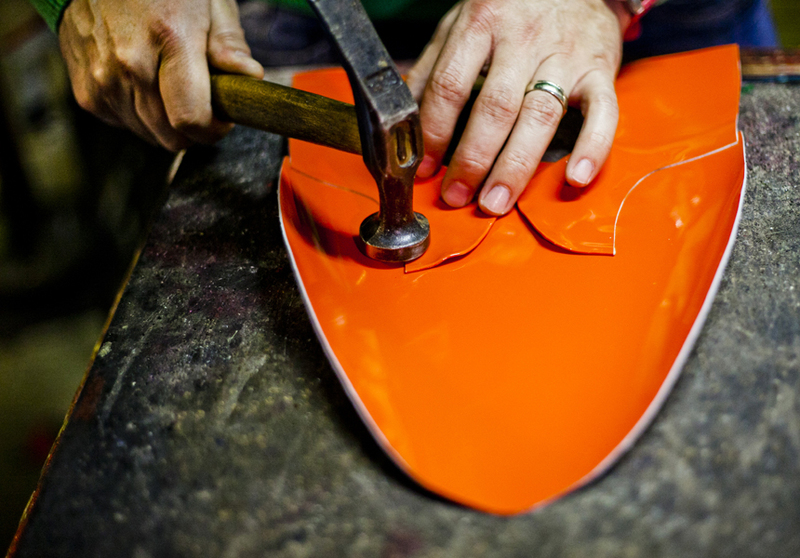New life of traditional shoemaking villages in the north of the country
About 500 years ago, the ancestors learned how to make leather shoes and taught the local people. From that, traditional handmade-shoe villages were established in Hanoi and some places in the Red River Delta.
Hoang Dieu village
The traditional villages consisting of Phong Lam, Van Lam, Truc Lam and Nghia Hy are located in Hoang Dieu Commune, Gia Loc District, Hai Duong Province. The generations of these traditional handicraft villages preserved and developed shoemaking. There are nearly 400 households accounting for more than 50% of households in the commune involved in producing leather shoes, handbags and fashion leather goods with over 1,000 employees.
Phu Yen village
Phu Yen shoe village is located in Phu Xuyen district, Ha Tay province. After the liberation day of 1954, Phu Yen traditional village mainly made exports to Eastern Europe, but after the changes in Eastern Europe in the early 1990s, Phu Yen village has changed direction and continued development. Although born after the village of Hoang Dieu, Phu Yen village has grown stronger, about 200 households in large scale, employing about 1,500 workers in the local and neighboring communes. Footwear manufacturing establishments in Phu Yen village make all stages including sewing, designing, molding, shoe making, etc... as the orders for domestic consumption and export by themselves.
Kieu Ky Village
Kieu Ky traditional village in Gia Lam District, Hanoi, is well known for its traditional leather garment, which specializes in producing leather wallets, book bags, bags ... providing jobs for over 1,500 permanent workers and thousands of casual workers at the production facilities of more than 80 enterprises in the commune. Every year, the village employs more than 400,000 m2 of artificial leather, produces about 3 million of backpacks, bags, umbrellas, picnic tents..., not only for consumption in the country but also export to foreign markets.
The traditional handmade-shoe streets in Hanoi is now not active
While traditional craft villages have found a way to intergrate to develop, shoemakers in Hanoi have no conditions to develop. There are still some households that do business, build or repair shoe and leather products as the request of customers, but some famous streets have left traces of street names, temples, pagodas worshiping ancestors of shoemaking.
The traditional handmade-shoe villages have many difficulties
Today, the young in the villages has set up large-scale footwear manufacturing establishments to serve domestic consumption and export. In order to have a competitive product, in addition to manufacturing techniques, these facilities have always considered to change the old design. However, the production scale of the village is small, spontaneous, lack of space to build large factories and especially lack of capital to invest in modern machinery and technology, to expand the production scale and raise high quality products. Due to many limitations, the village enterprises do not dare to sign large contracts because they do not meet the demand for delivery but they mainly process for other brands of Vietnam. Villages' products have not reached the level of international standards and the form and design are also not rich.
On the other hand, as well as other handicraft villages, footwear villages are suffering from environmental pollution such as heavy pollution of ground water affecting the living environment of the local people. Therefore, villages have to urgently plan to allocate production areas far from residential areas and invest in waste treatment and avoid environmental pollution.










